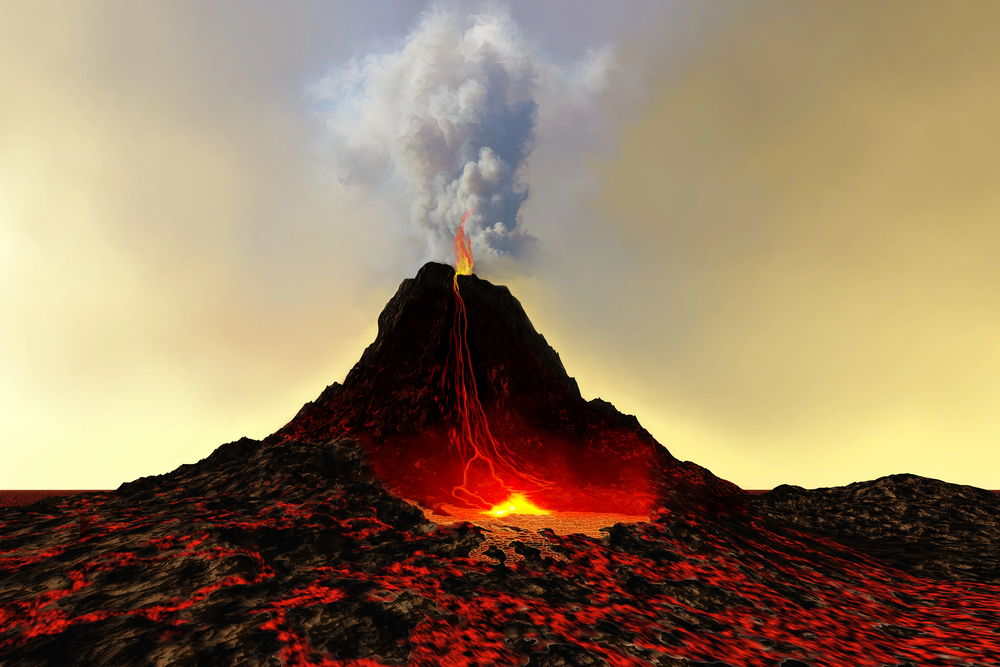
The night sky over Kamchatka was pierced by a spectacle not seen in nearly half a millennium: at 4:50 a.m. local time on August 3, Krasheninnikov volcano erupted for the first time since the mid-15th century, sending plumes of ash kilometers into the atmosphere. For geoscientists and aviation regulators, this phenomenon is of far more than geological interest it is a challenge to contemporary monitoring, forecasting, and hazard mitigation in one of the globe’s most volcanically active corridors.
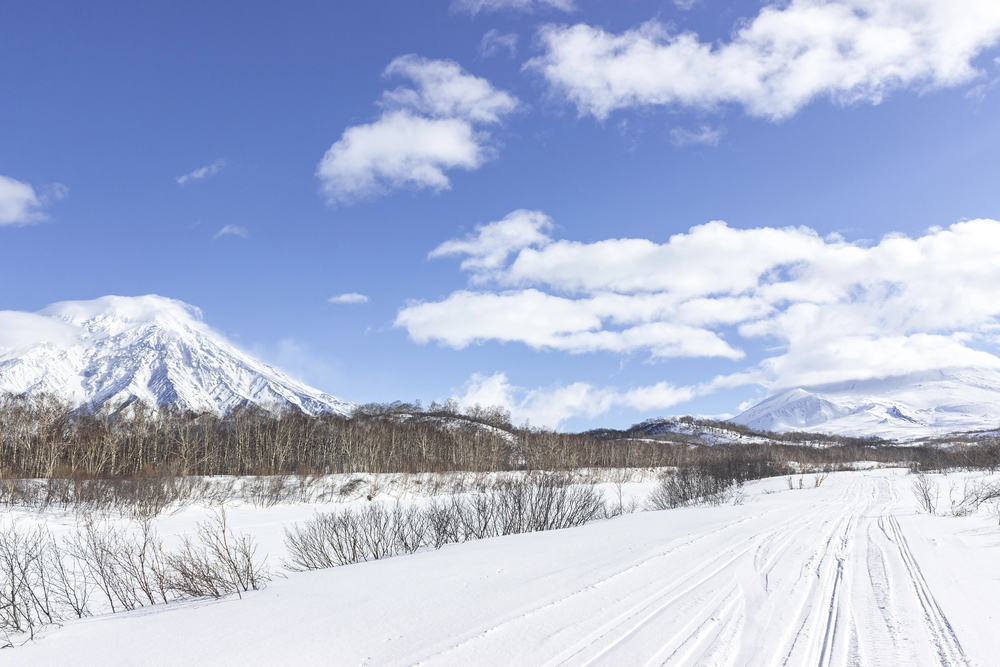
1. The Dormant Giant Awakens: Geological Context and Eruption Details
Krasheninnikov’s eruption is its first historically documented activity in about 600 years, and its previous lava effusion dated back to 1463 ± 40 years, as reported by Olga Girina, director of the Kamchatka Volcanic Eruption Response Team. It is a complex two-stage overlapping stratovolcano with a Pleistocene caldera and reaches an elevation of 1,816 meters and is positioned in the Eastern Volcanic Zone of Kamchatka. This region, which boasts over 300 volcanoes of which 29 are active, rests atop the seismically unstable Pacific Ring of Fire. The timing of the eruption, only days following the super M8.8 earthquake that struck the peninsula, has triggered scientific debate regarding the interaction between seismic and magmatic systems. Girina added, “This is the first historically documented eruption of Krasheninnikov volcano over the past 600 years,” and pointed out the possible connection with recent seismicity, including powerful aftershocks and tsunami alerts as far away as French Polynesia and Chile.
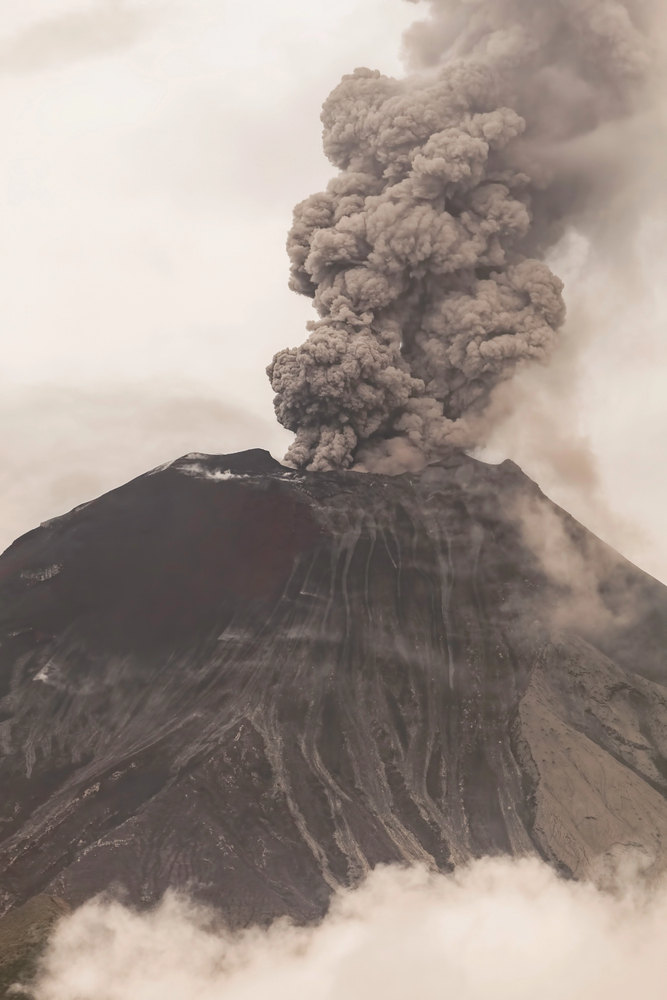
2. Ash Plume Dynamics and Aviation Hazards
Early observations noted ash plumes reaching 3–4 kilometers above sea level, then increasing to 5–6 kilometers, according to the Kronotsky Nature Reserve and Russia’s Ministry for Emergency Situations. The plume moved eastward, covering 75 kilometers and potentially threatening major North Pacific air routes. The color code for aviation was increased to orange, indicating an increased threat to aircraft. Volcanic ash, made up of tiny silicate particles with melting points of approximately 1,100°C, can melt and stick to the turbine blades of jet engines whose core temperature is in excess of 1,400°C resulting in devastating engine failure.
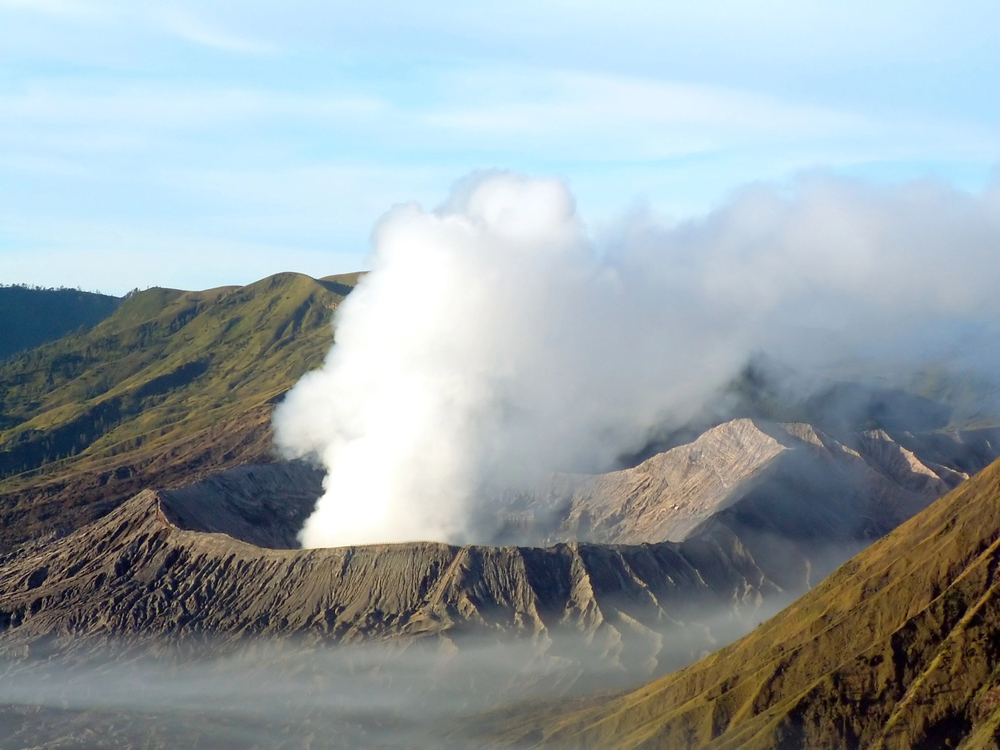
During 1953-2009, there were 129 ash-aircraft incidents worldwide, ranging from acute cases necessitating emergency landings. Even thin ash clouds, up to 500 kilometers from the volcano, have caused engine power loss, highlighting the potential long-distance risk of volcanic emissions to aviation safety.
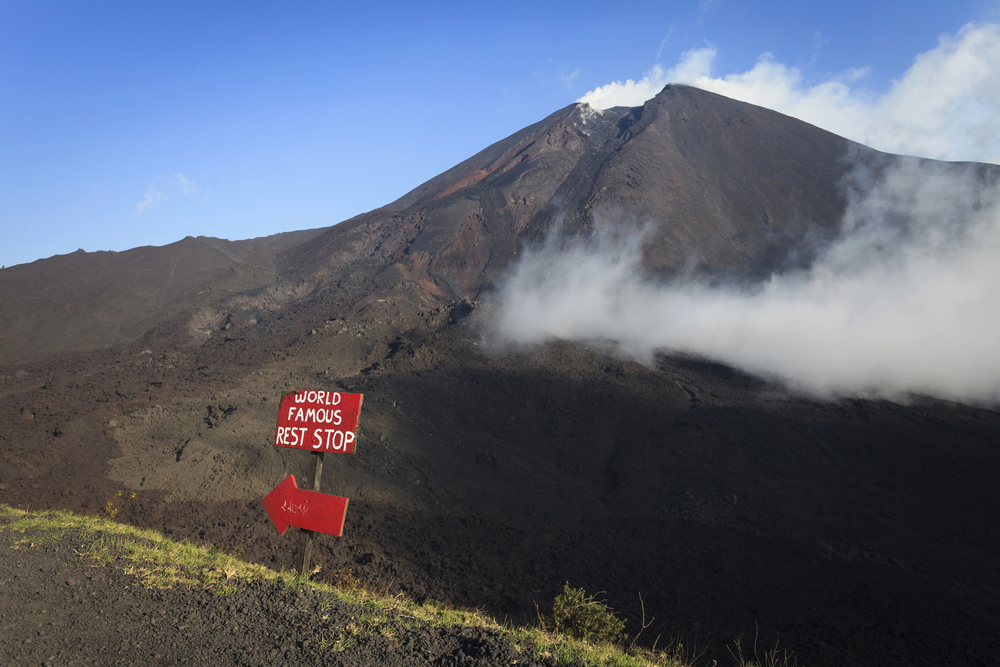
3. Detection and Tracking: The Role of Satellite Remote Sensing
Modern detection of volcanic ash is largely dependent on satellite-based remote sensing. Satellites like SEVIRI, AHI, and MODIS allow near real-time global observation with methods such as brightness temperature difference (BTD) algorithms to identify ash from meteorological clouds. Multispectral and hyperspectral imagery enable quantifying ash mass, plume height, and SO₂ concentration, even where location is remote or cloud-shrouded. “Volcanic ash detection is a multidisciplinary process involving not just sophisticated technology but intimate knowledge of volcanic processes and atmospheric science,” according to Dr. Jane Smith, Volcanologist. Multiplatform strategies that integrate satellite, ground-based, and airborne data are necessary in Kamchatka for reliable hazard assessment and timely warnings.
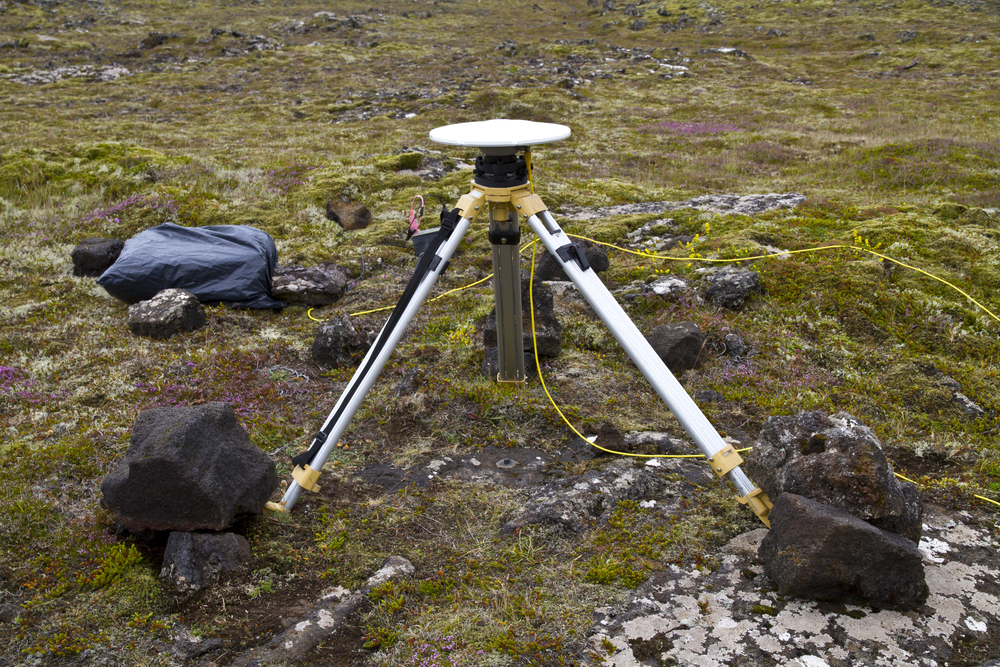
4. Eruption Forecasting: Monitoring and Modeling Evolution
Eruption forecasting combines seismic monitoring, ground deformation measurements, gas emissions monitoring, and remote sensing. The deployment of 27 remote seismic stations at Kamchatka’s most active volcanoes provides for detection of earthquake swarms and tremor that are common precursors to eruptions. Real-time transmission of data and pattern recognition in monitoring records have enhanced short-term probabilistic predictions, although development of an eruption continues to be unpredictable. As per the USGS Volcano Hazards Program, “the key to an accurate short-term eruption forecast is being able to recognize when such monitored data show consistent changes from normal background levels of activity.” For Krasheninnikov, the syn-eruption seismic unrest after the M8.8 earthquake, together with thermal anomalies observed by satellite, was the decisive early warning.
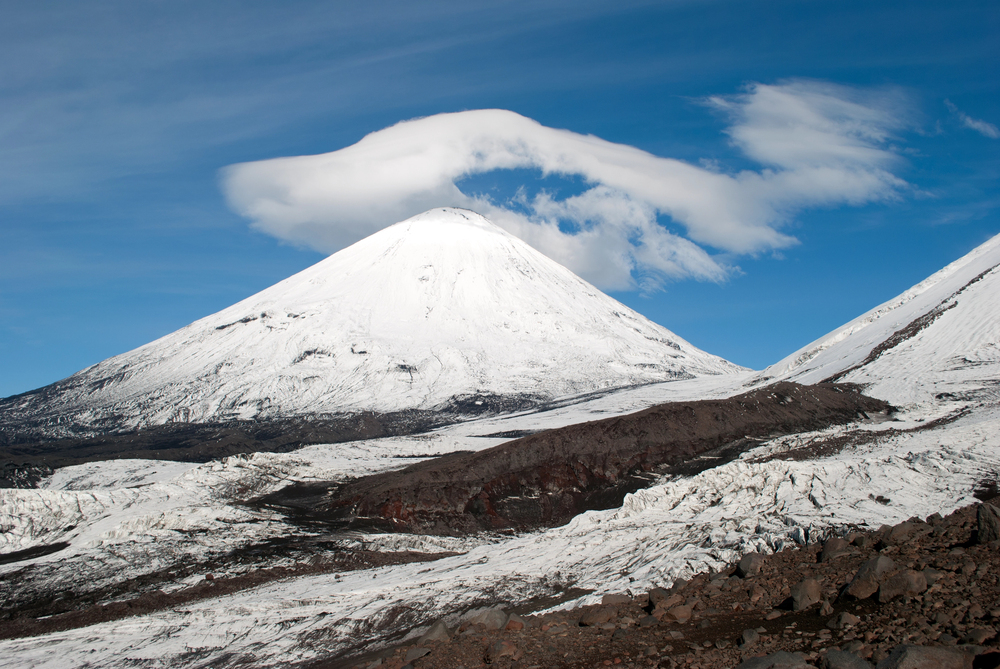
5. Aviation Safety Protocols and International Coordination
Nine Volcanic Ash Advisory Centres (VAACs) have been set up internationally by the International Civil Aviation Organization (ICAO), all issuing advisories, SIGMETs, and NOTAMs to warn airlines of ash. Emergency call-down practices of KVERT guarantee notices of eruption to the Yelizovo Airport Meteorological Center, Tokyo VAAC, and, if needed, U.S. authorities within hours. In the 1994 Klyuchevskoy eruption, coordination of this kind facilitated the rerouting of North Pacific air traffic safely. Presently, high-tech instruments like RGB satellite imagery and upgraded volcanic ash SIGMETs facilitate accurate monitoring and real-time threat assessment, keeping disruptions to airlines’ operations to a minimum.

6. The Klyuchevskoy Connection: Synchronous Volcanic Activity
Krasheninnikov’s eruption was synchronized with increased activity at Klyuchevskoy, Kamchatka’s highest and most active volcano. On July 30, scientists spotted a 2.7-kilometer long lava flow and eruptive ash emissions, as recorded by ground-based cameras and satellite thermal images. The eruption used the same seismic sequence as Krasheninnikov, with the USGS representative commenting, “Although yesterday’s big earthquake did not initiate the eruption to start, it likely did intensify the intensity of the eruption including some ash emission. ” The area’s high-density observing system enabled the effective and swift assessment of hazards and communication, further asserting the importance of convergent observing schemes in response to volcanic crises.

7. Societal and Environmental Ramifications
Krasheninnikov ashfall was recorded throughout sections of the Kronotsky Nature Reserve, but the key danger continues to be to aviation and distant infrastructure. Volcanic ash clouds may remain suspended in the air for days or weeks and travel thousands of kilometers, affecting air quality, water supplies, and ecosystems remotely from the site of eruption. Extended exposure to fine ash and SO₂ in the air also adds threats to plane engine durability and the health of the environment. With increasing air traffic over the North Pacific, the significance of good monitoring, prediction, and global coordination will increase.
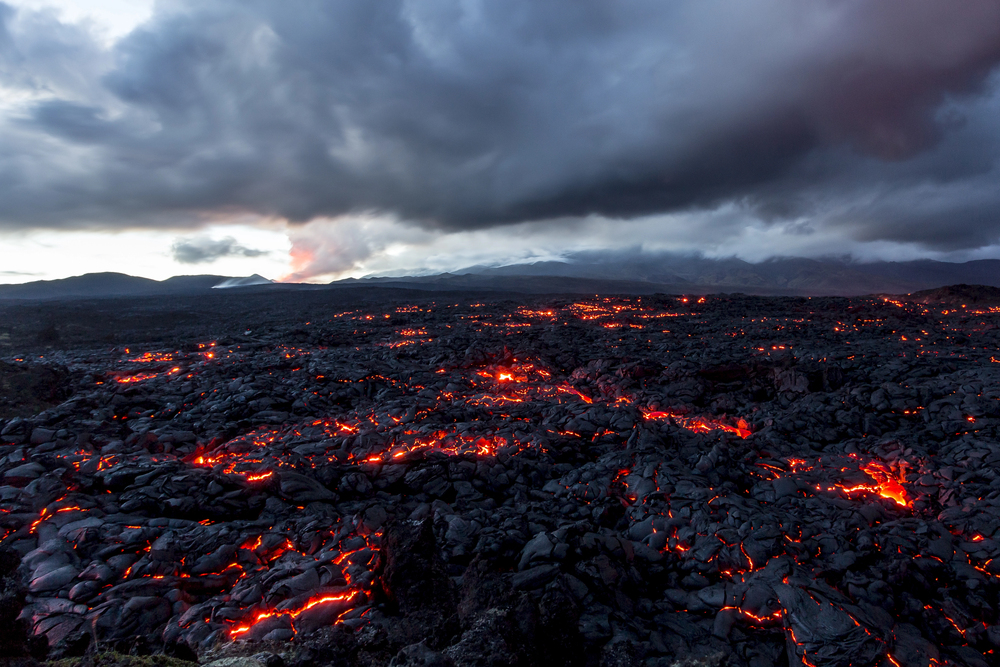
Krasheninnikov’s reawakening from centuries of quiet is also a timely reminder of the dynamic processes forming Kamchatka and the world-wide significance of volcanic unrest for science, aviation, and society.


